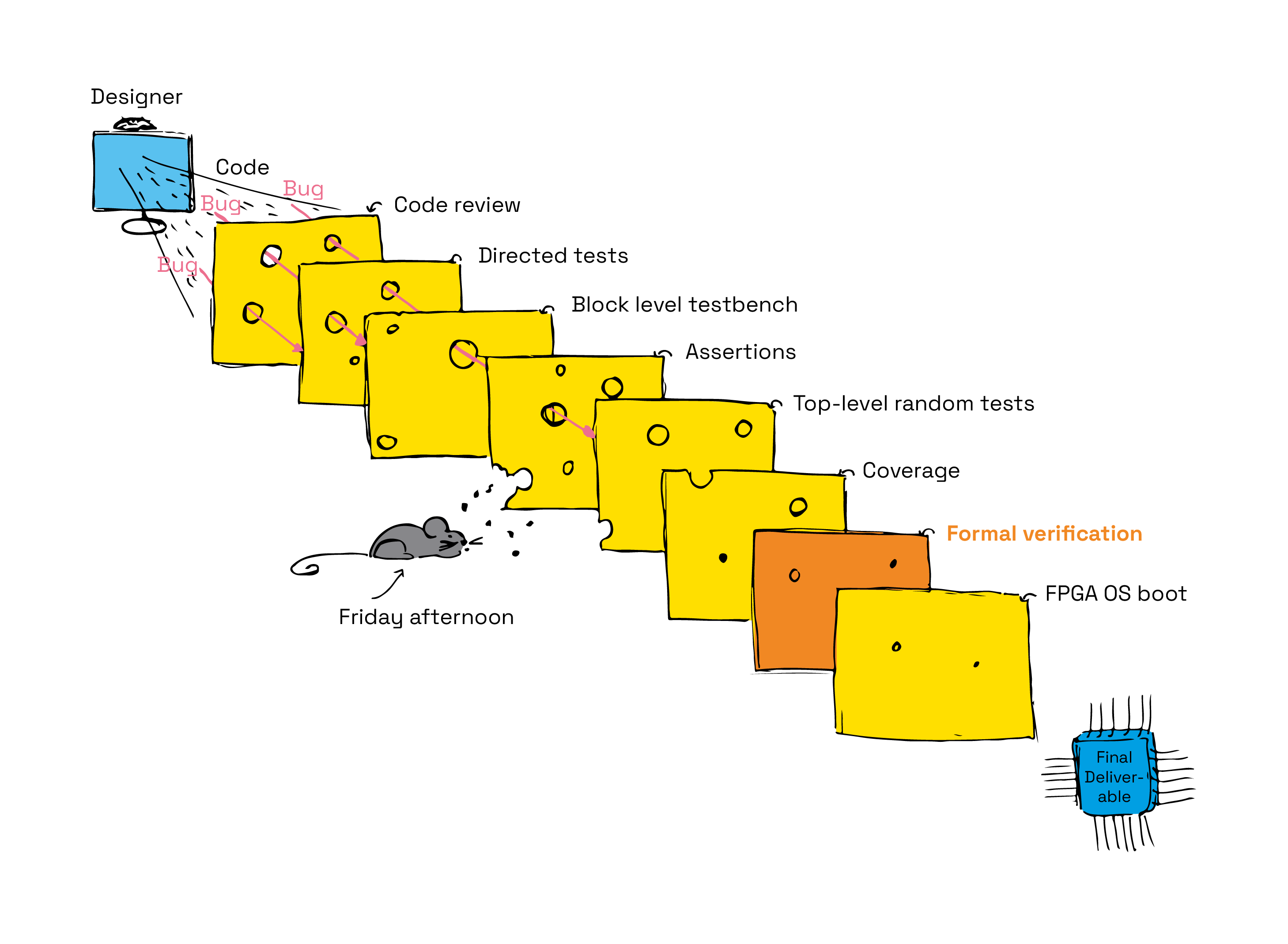What is processor verification?
Processor verification, also known as CPU verification, is the design verification of a processor.
Design verification, as applicable to any design, is the process of ensuring that a design functions correctly and meets its intended specifications.
In other words, design verification means checking the integrity and usability of a design. Since no design is perfect this involves searching for, discovering, and correcting bugs. This is achieved by a variety of methods ideally used in combination. For processors this involves creating test environments, developing test scenarios, and running simulations under various conditions, as well as functional and formal verification tools.
